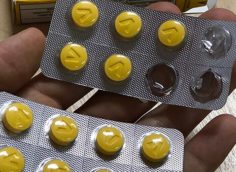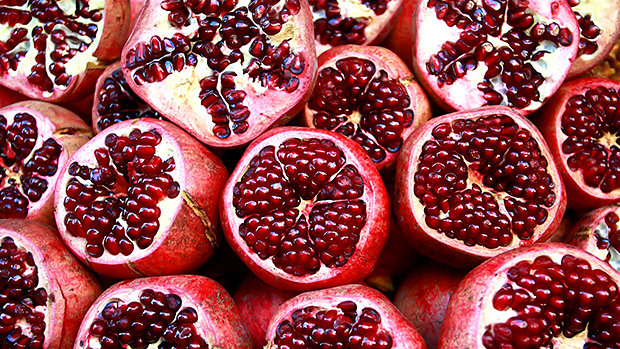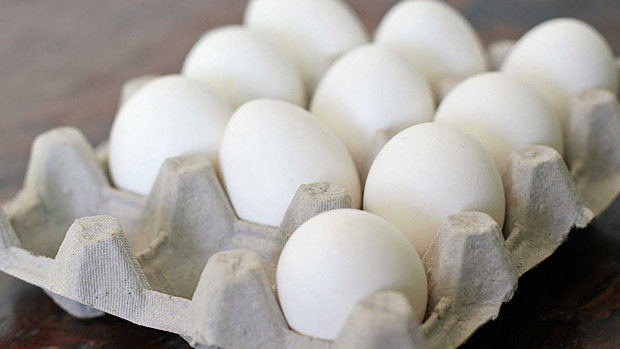Eat More Kidney Beans
Kidney beans are a hallmark functional food. They've been shown to decrease body fat and increase relative muscle mass in animal models. No kidding. Here's a quote:
"Long-term consumption of diets containing low levels of kidney bean significantly altered body composition of rats. The levels of lipid in the body were significantly reduced. As a result, carcasses of these rats contained a higher proportion of muscle/protein than did controls."
That's just plain cool. This interesting effect may have something to do with the bean's capacity to increase (mostly larger, fast twitch) skeletal muscle insulin sensitivity. Research suggests that both insulin receptor mRNA and glucose transporter (Glut-4) mRNA rise pretty dramatically after eating kidney beans.
Of course, a rise in messenger RNA suggests that said receptors and transporters will soon take shape. And due to the potential for temporarily-reduced nutrient availability/feed conversion (i.e. food becoming body mass), I immediately start thinking about dieters. Losing fat, or preventing its gain, while maintaining lean tissue is one of sports nutrition's holy grails.
Still not interested? Apparently, kidney bean lectin, although a little scary, looks promising enough for researchers to consider it as a "therapeutic agent to stimulate gut function and ameliorate obesity if a safe and effective dose-range can be established for human subjects."
I definitely wouldn't plan on supplementing with any amount of toxic lectins, nor would I try to use beans of any kind to replace my whey-casein-meat-egg protein intake. But simply eating some well-soaked and then boiled kidney beans as a side dish each week? Yeah, I could do that.
For soaking times (several hours, like overnight) and boiling periods (which vary), follow directions on the bag. Of course, people generally don't eat beans raw, so the lectin effect is relative. That is, cooking degrades it.
But lectin or not, the overall cornucopia of nutritional bonuses available in prepared kidney beans, from decent protein to lots of fiber, to a slow entry into the bloodstream, to potentially beneficial lingering phytochemicals, makes them a worthy functional food in my eyes.
Research also suggests that kidney beans don't have the longer-term, wacky effects on pancreas size that beans like soy do. After reviewing the literature, I admit that I went out and bought some kidney beans. Time to get huge and ripped! (Uh, or at least take a half-step closer.)
References
- Grant, G., et al. Consumption of diets containing raw soya beans (Glycine max), kidney beans (Phaseolus vulgaris), cowpeas (Vigna unguiculata) or lupin seeds (Lupinus angustifolius) by rats for up to 700 days: effects on body composition and organ weights. Br J Nutr. 1995 Jan; 73(1): 17-29.
- Pusztai, A., et al. Lipid accumulation in obese Zucker rats is reduced by inclusion of raw kidney bean (Phaseolus vulgaris) in the diet. Br J Nutr. 1998 Feb; 79(2): 213-21.
- Knott, R., et al. Alterations in the level of insulin receptor and GLUT-4 mRNA in skeletal muscle from rats fed a kidney bean (Phaseolus vulgaris) diet. Int J Biochem. 1992 Jun;24(6):897-902.
- Grant, G., et al. Pancreatic enlargement is evident in rats fed diets containing raw soybeans (Glycine max) or cowpeas (Vigna unguiculata) for 800 days but not in those fed diets based on kidney beans (Phaseolus vulgaris) or lupinseed (Lupinus angustifolius). J Nutr. 1993 Dec;123(12):2207-15.





